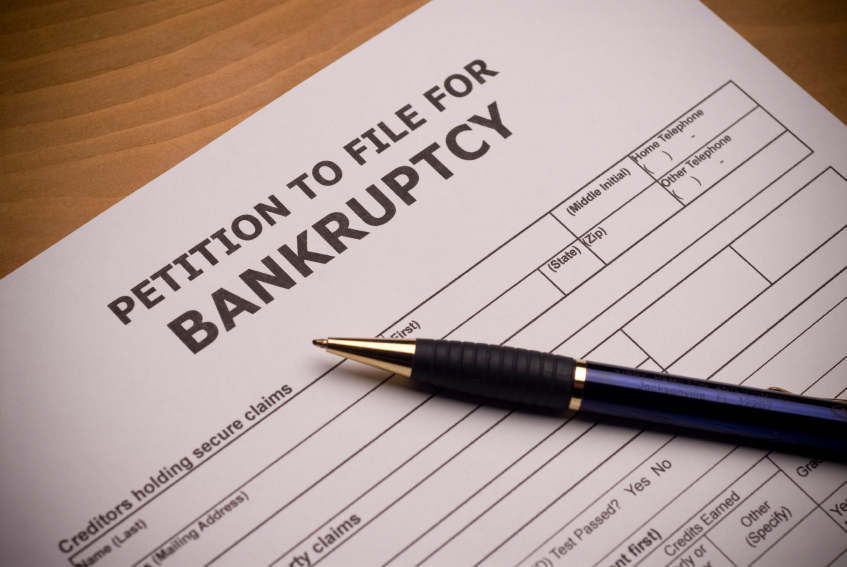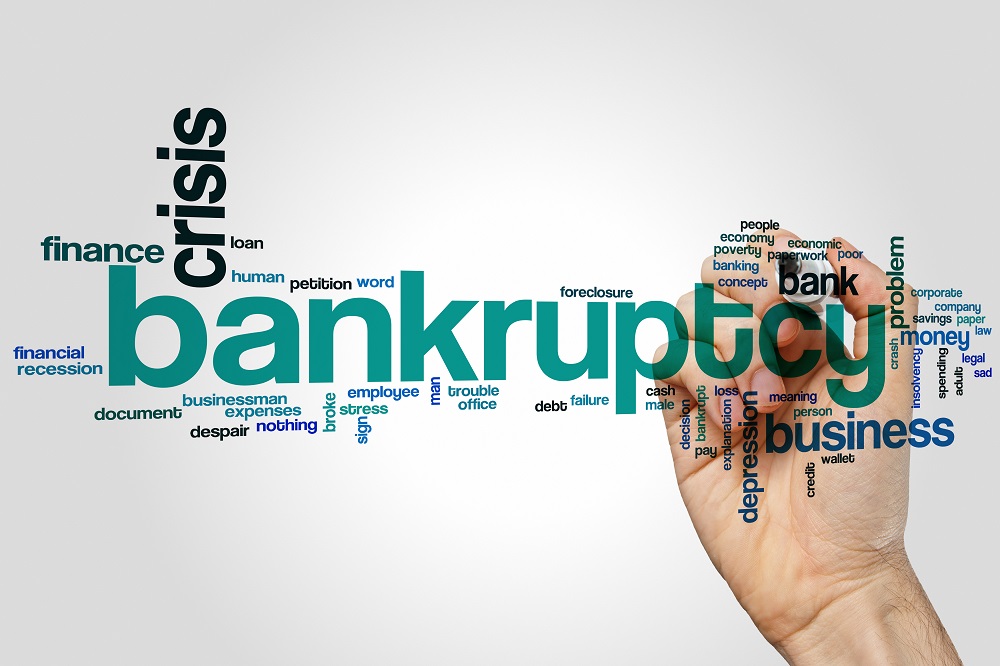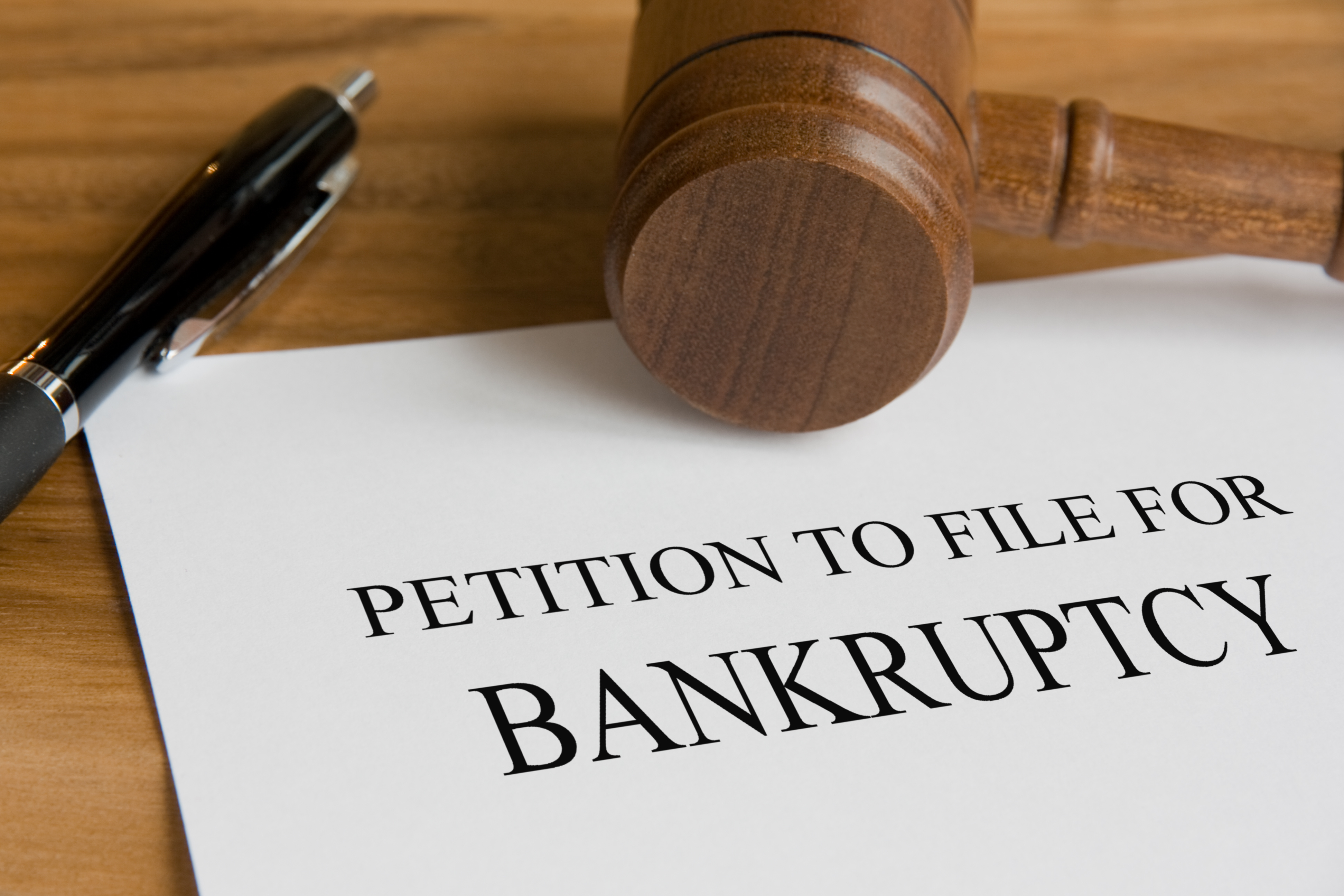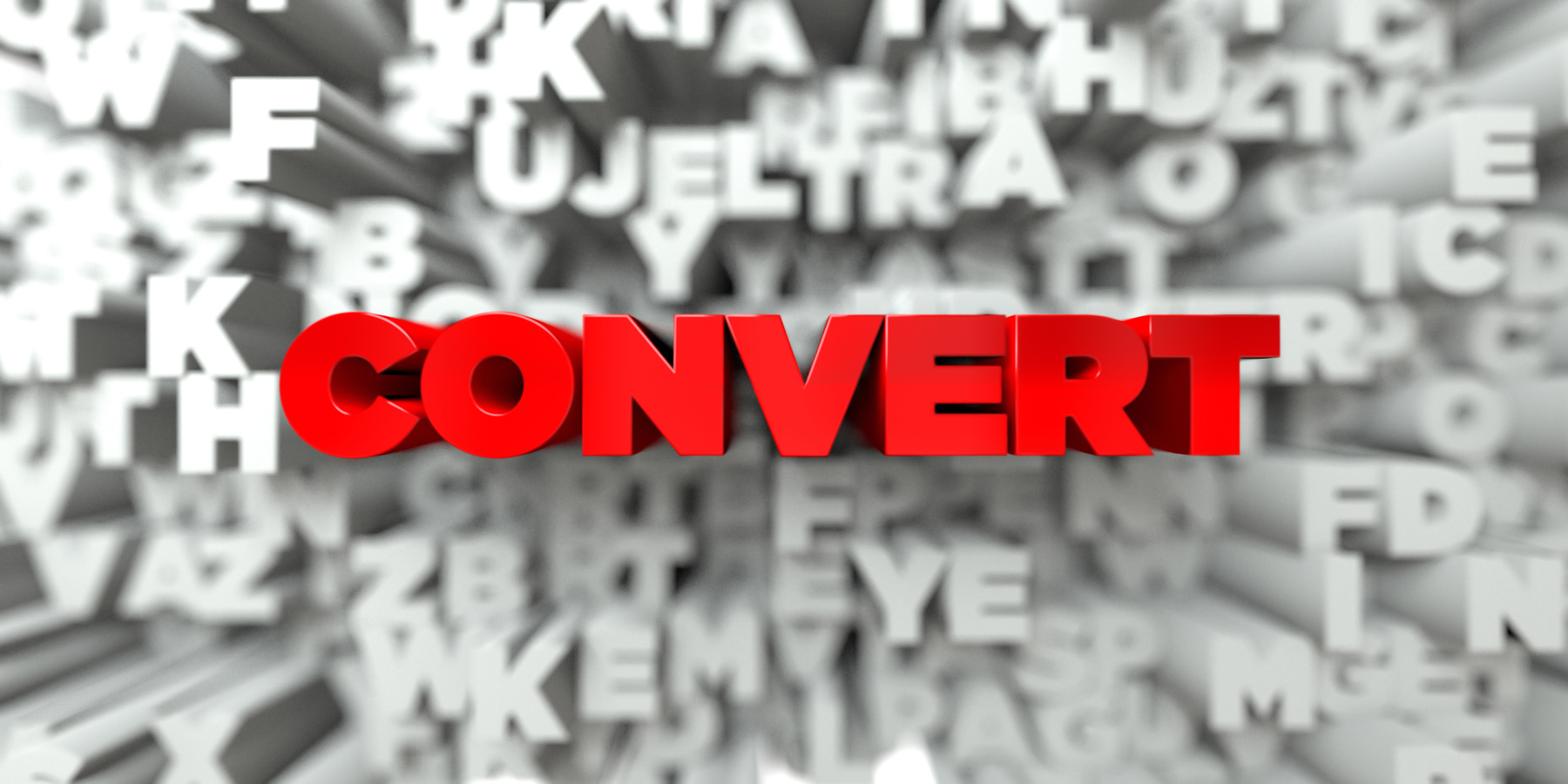Chapter 7 vs Chapter 13 vs Chapter 11
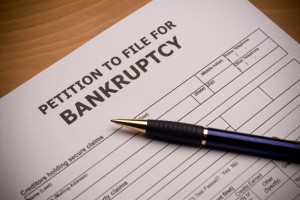 These terms are thrown around frequently in bankruptcy law. These chapters determine how a person or entity is supposed to file and each one provides different avenues for debtors. This post will briefly explain each chapter and the differences between the two.
These terms are thrown around frequently in bankruptcy law. These chapters determine how a person or entity is supposed to file and each one provides different avenues for debtors. This post will briefly explain each chapter and the differences between the two.
The term “chapter” is used to describe under which part of federal bankruptcy law applies.
Chapter 11
Chapter 11 is different from the other two because it applies mainly to businesses. Regardless of how the business is formed, Chapter 11 is available to corporations, partnerships, and sole proprietorships. It even applies to individuals, but most individuals do not choose this route. It is primarily used by corporate entities.
Business will think about Chapter 11 if they are unable to pay their creditors or service their debt. A business can still try to file under Chapter 7 or Chapter 11.
In Chapter 11, a business debtor will remain control of business operations and will be considered what is called a “debtor in possession”. It is still subject to oversight by bankruptcy court. Chapter 11 provides the ability to restructure the business. This restructuring process can mean acquiring different financing and loans that are more favorable to the business. The debtor may rework contracts. The debtor is also protected from litigation against the business by an automatic stay. While this stay is in place, creditors are prevented from any collection attempts or activities. Remember, all of these activities are strictly monitored by the court.
Chapter 7
Chapter 7 bankruptcy is the typical bankruptcy route which normally wipes out debts and provides the new beginning. Chapter 7 is a liquidation. A trustee is appointed collects all assets of the debtor and sells the assets which are not exempt. Any process from the assets that are not exempted are returned to the debtor. The proceeds of the liquidation are distributed to creditors. The court overseas the distribution. Certain debts are non-dischargeable, like alimony, child support, and student loans.
Certain debts are allowed to be kept by the debtor. This can include secured debts like cars or furniture or a house. However, this must be confirmed by sighing a voluntary “Reaffirmation Agreement.” This debt is still owed and not discharged by the bankruptcy proceeding. For most Arizona consumers, Chapter 7 is the best path to eliminate a large about of debt without paying a huge sum of money.
If filing under Chapter 7, the business will stop operating and a trustee will be appointed. The trustee is responsible for selling business assets and distributing proceeds to creditors. If there is any remaining amount after all assets are sold, that amount will return to the owners of the company.
Chapter 13
Chapter 13 allows a debtor to propose a 3-5 year repayment plan. This plan, which must be approved by the court, will offer a plan to pay off creditors from the debtor’s future income. This can prevent a house foreclosure, making up mortgage payments, paying back taxes, and preventing an accrual of debt.
Chapter 13 allows a debtor to keep the property. They are protected against creditor’s and aspects like wage garnishments. More debts are considered dischargeable than Chapter 7 debts. However, Chapter 13 does control income and spending for the duration of the plan. Since Chapter 13 is a longer time frame, legal fees will typically be higher than a Chapter 7 filing.
Each chapter has different advantages and disadvantages. Looking closely at these chapter and discussing them with an attorney is the best way to choose the correct chapter and ensure a smooth bankruptcy proceeding.
Click here for additional information on reasons to file Chapter 13 bankruptcy in Arizona.

